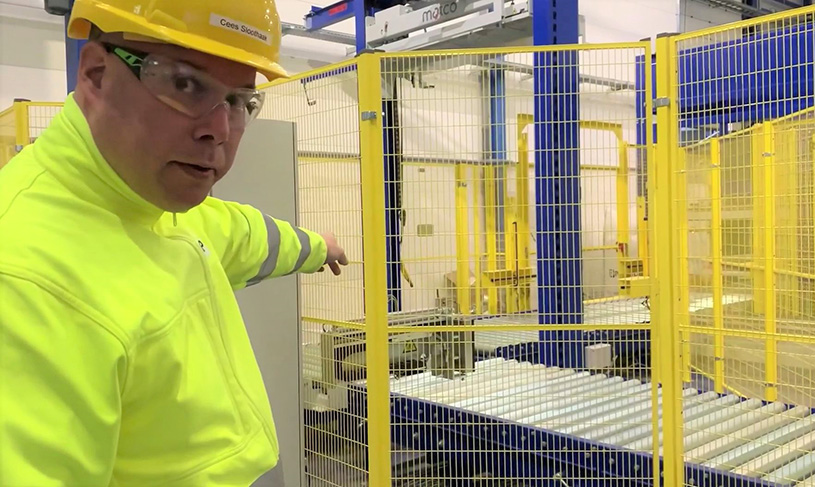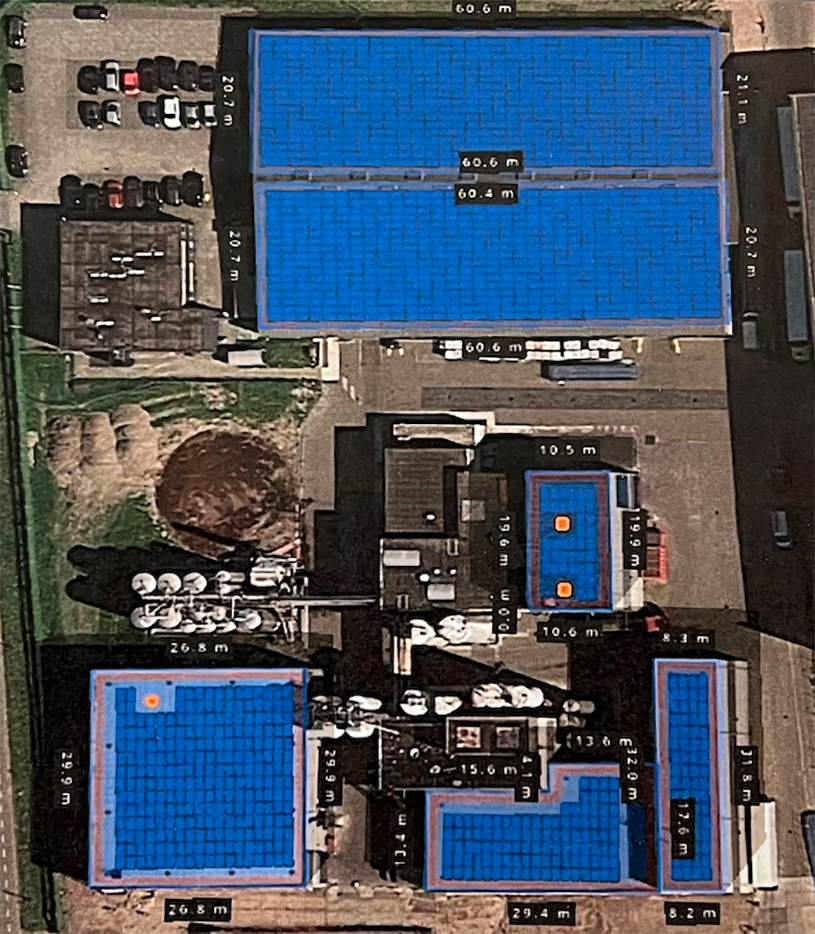A plant’s roadmap to sustainability
The removal of all concerns around attaining gut health for farm animals is the core of Perstorp Animal Nutrition’s new gut wealth concept. That not only means being confident in supporting the gut health of your animals but also feeling secure in how that has been achieved. One of our goals is to help you to achieve animal gut health as sustainably as possible.
‘Our philosophy is not to sell molecules, but to sell solutions. That includes advice and services. In order to make our customers feel good about their decision to work with Perstorp, that also includes us doing whatever we can to find the most sustainable way to help them reach their goals’ states Cees Sloothaak, Site Manager for Perstorp’s Animal Nutrition plant in Waspik, the Netherlands.

Cees Sloothaak is the Site Manager for Perstorp’s plant in Waspik, the Netherlands.
Care for the planet
Care is one of Perstorp’s core values. That includes care for the planet. That is why we have made significant strides in the area of sustainability already, which includes an innovative range of pro-environment products. A large scale project will start at the plant in Waspik, the Netherlands to analyze where we can reduce our taxation on the environment.
‘It is Perstorp’s ambition to become finite material neutral, reduce CO2 emissions, waste production and water usage in 2030 compared to 2019. That is despite obviously planning to grow significantly. This means that production sites have been or will be analyzed for a baseline measurement on waste, energy consumption, emissions and raw material related CO2 production. This June it is Waspik’s turn’ according to Cees.
The results of the sustainability deep dive scheduled for June will be followed up annually to see if targets are being met. ‘Investments with a sustainability profile are heavily favored by Perstorp. Waspik is a different plant compared to other Perstorp locations however, as no chemical reactions take place here. This is a flexible packaging and blending facility and as such gains sometimes need to be found in different areas’ Sloothaak continues.
Efforts are split in 4 categories:
• Waste reduction
• Energy reduction
• Emission reduction
• Raw material related CO2 reductions
Waste reduction
A clear first step in addressing the plant’s waste is by improving the separation of it so that it can be better processed. This step is already ongoing.
A more complex project addresses cleaning and rinsing water or powders. Cees adds ‘whether or not a production line needs to be rinsed depends on the products that succeed each other. Rinsing can be done with water in the case of liquids and uses carriers in the case of dry products. By cleverly planning production sequences that require no or less rinsing we can reduce the amounts of water and rinsing powder usage from this site. The cleaning and rinsing water that we do use will in the nearby future be treated on the site so that it no longer has to be incinerated.’ This reduces energy consumption on both the transport and incineration side.
Energy usage
Reducing the total energy consumption of the site will also be addressed through bigger AND smaller projects. All lights are already being replaced with LED. Besides that Cees and his team are exploring putting solar panels on the roofs of the buildings on the site. ‘Such an amount of solar panels are heavy of course so currently calculations on the load bearing capacity of these roofs are being done in preparation’ according to Sloothaak.
 Large roof surfaces are being evaluated to place solar panels.
Large roof surfaces are being evaluated to place solar panels.
Reducing emissions
The first step to immediately address emissions from the site will be by shifting the internal traffic on the site to electronic. All of the owned forklifts will be replaced with electrical ones – to be delivered over the course of 2022. ‘We believe we can also make things a little safer in the process’ teases Sloothaak. ‘By using electrical pallet trucks in the production areas we will further reduce energy consumption and because that will mean that forklifts will no longer be used in the production areas it will also increase safety and wellbeing in the production halls’.
Raw materials related CO2 reductions
The last challenge is to reduce the CO2 footprint that can be directly attributed to the products. ‘Experts are calculating the baseline CO2 footprint of today’ Cees says. ‘That will be our starting point. We are already exploring sustainable sourcing of certain organic acids to improve on that baseline in the future’.
‘Besides being mightily interesting projects, these types of activities are very motivating for the team and myself. It is a privilege to be able to contribute to a more sustainable world, one step at a time’ ends Sloothaak.
Visit our gut wealth page if you're interested in learning more about this new concept >>